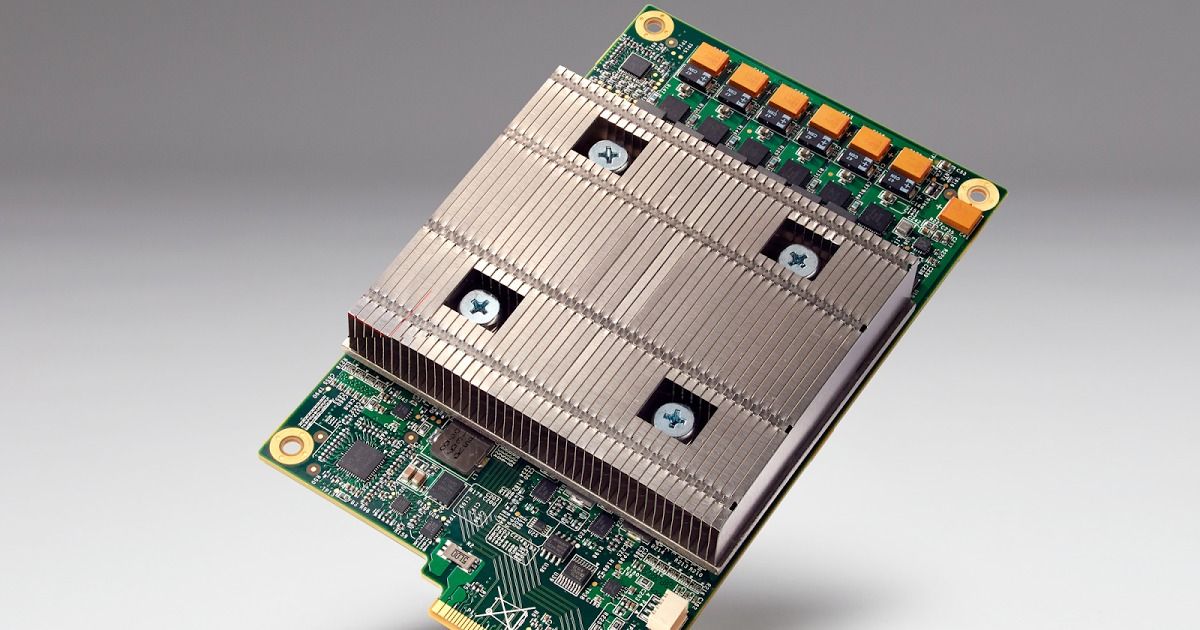May 19, 2016
Hiding From Hostile Space Aliens Is No Longer An Option
Posted by Bruce Dorminey in categories: alien life, entertainment
Advocates of Active SETI say it’s better to put our best foot forward first, before E.T. gets the wrong idea about us from shock jocks and reality TV. As in politics, define ourselves before someone else does it for us. Plus, they contend, they’d already know we’re here anyway.
Two new separate groups of scientists now want to send coded radio messages into the cosmos in hopes of deliberately attracting the attention of intelligent space aliens. Known as Active SETI (Active Search for Extraterrestrial Intelligence), it’s arguably no safer to entice unknown offworlders into our planetary living room than to invite total strangers in for coffee and crullers.
But even if they are totally unsavory, it’s highly likely that an interstellar civilization would already be picking up our electromagnetic leakage and therefore already know we’re here, Douglas Vakoch, President of the San Francisco-based non-profit METI (Messaging Extraterrestrial Intelligence) International, told me.
Continue reading “Hiding From Hostile Space Aliens Is No Longer An Option” »

















